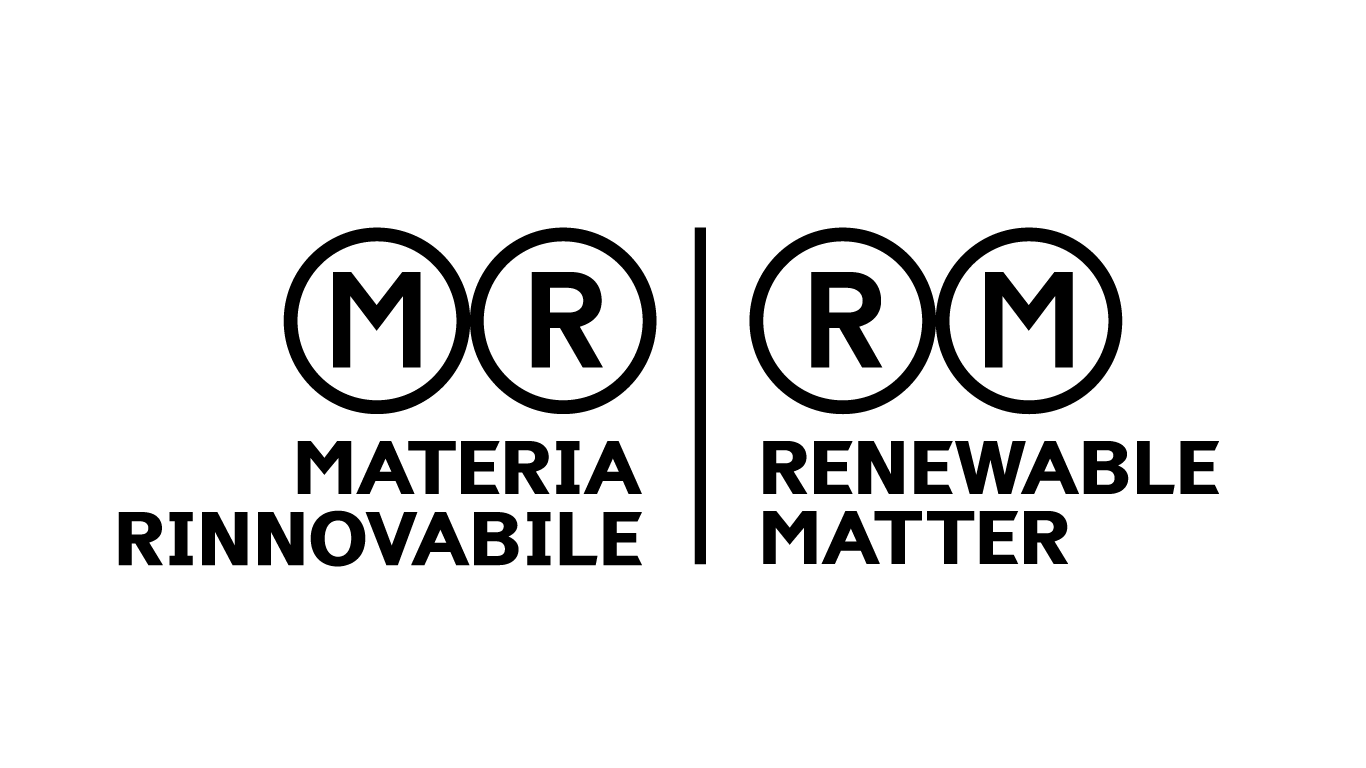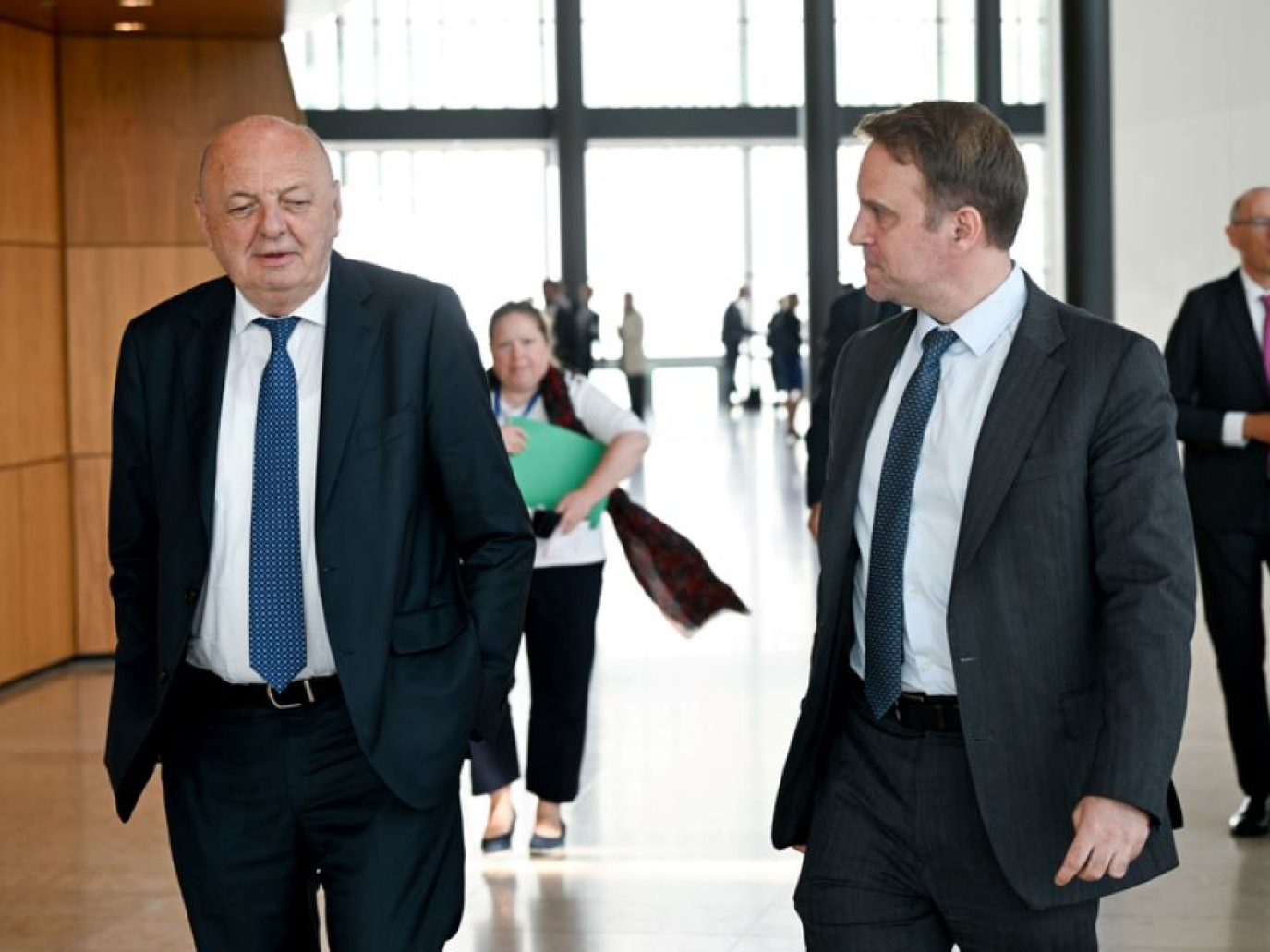Industrial transition is accelerating in Europe, but not all engines are running at the same speed. During the Competitiveness Council meeting in Brussels in early October, Italy forged an alliance with France and Germany to ask the European Commission to streamline regulations and protect the competitiveness of energy-intensive industries, those most exposed to energy costs and decarbonisation obligations. This development will have repercussions on economic policy choices in the coming months.
To understand its scope, let's look at the details: the “non-paper” signed by Ministers Adolfo Urso and Gilberto Pichetto Fratin, together with their colleagues in Paris and Berlin, is part of the Clean Industrial Deal and anticipates the Industrial Decarbonisation Accelerator Act (IDAA), expected in November.
The stated goal is to accelerate the transformation of European industry by minimising bureaucracy. However, according to some observers and rumours among experts from the European Parliament's Industry Committee, there is a more subtle issue at play within the document: how to reconcile simplification and environmental consistency, with the risk that “flexibility” could open the door to fossil fuels.
The text undersigned by the three countries pinpoints five areas of intervention: a stable framework for investment; guaranteed demand for low-emission products; protection from so-called carbon leakage; competitive energy prices; and a level playing field for European businesses.
Carbon leakage alert
Particularly frightening for energy-intensive industries in France, Germany and Italy is carbon leakage: the risk is that European companies, encumbered by higher energy and environmental costs, will relocate production to countries with less stringent climate regulations, reducing emissions in Europe but increasing them elsewhere.
In fact, as one insider who took part in the non-paper and prefers to remain anonymous explains to Renewable Matter, one of the key points concerns “the simplification of the Do No Significant Harm (DNSH) principle, which prohibits the use of public funds to finance activities that are harmful to the environment. Italy, France and Germany are calling for it to be made more functional in order to encourage investment in the transition.” But how should we interpret the expression “more functional”?
Climate organisations fear that such a revision could result in a reduction in environmental safeguards, allowing for the inclusion of only partially clean technologies, such as gas-fired plants with CO₂ capture systems. The European Environmental Bureau, the leading European network of environmental NGOs, has repeatedly requested that regulatory simplification should not become a pretext for reducing environmental protections.
In short, in a context where Brussels is calling for “technological neutrality”, some interpretations view this as an attempt to leave the door open to hybrid solutions, where the transition is less clear-cut and more negotiated.
Another priority of the non-paper is the creation of a European market for low-carbon materials, starting with steel and cement.
The Clean Industrial Deal has already introduced voluntary labels to measure the CO₂ embedded in products, in order to create stable demand for more sustainable materials. However, everything will depend on how “low emissions” thresholds are defined. An overly broad classification could also include products made with energy mixes that contain gas, for example. The risk, several analysts warn, is that a good idea could end up generating superficial transparency, more useful for industrial reputation than for the climate.
Priority to reducing energy costs
The three-party coalition is also calling for immediate measures to reduce energy costs: easier access to renewables, cuts in network charges and the extension of carbon cost compensation beyond 2030. This is a reasonable request, but when read between the lines, it could extend aid to sectors that are still dependent on natural gas, such as ceramics, glass and chemicals.
In Italy, companies with annual consumption exceeding 1 GWh enjoy benefits linked to the green conditionalities introduced by MASE Decree No. 256/2024. Nevertheless, many industry associations are calling for the restrictions to be eased, claiming that overly strict standards risk penalising production. This tension reflects the central issue of the transition: how much are we willing to change in order to remain competitive, and how much do we risk standing still for fear of change?
Three countries and an ironclad pact
No sector better encapsulates this precarious balance than European steel. Put under pressure by global overcapacity, the sector is now caught between the need to defend itself from competition and the urge to drastically reduce its emissions. The European Commission has proposed cutting zero-duty imports by 47% – a threshold exists beyond which duties increase by up to 50% – and doubling tariffs on excess quotas. Italy is going even further, calling for a new safeguard measure for domestic production starting in 2026.
The risk, according to several analysts, is that this defensive measure will result in a slower transition, with gas-fired furnaces remaining operational longer than expected. The same old paradox: protecting industry to save jobs, and ending up postponing decarbonisation. The revision of the Carbon Border Adjustment Mechanism (CBAM), due to come into full effect in 2026, is also a sensitive issue. The tool, designed to prevent carbon leakage, will require importers to pay a price for emissions embedded in non-EU products. Italy, however, has suggested that emissions calculations should consider “all energy sources” used in production: a phrasing that, according to some experts, could also include gas as a “transitional” source, mitigating the climate impact of the measure.
According to Carbon Market Watch and other European organisations, the Clean Industrial Deal risks becoming more industrial and less clean. The risk is not so much that it will fail, but rather that it will result in a variable transition, where competitiveness outweighs environmental consistency and fossil fuels still find a place under new definitions. The result is a fragile balance: a Europe racing towards climate neutrality, but with the handbrake partially pulled.
The alliance between Italy, France and Germany sends a strong political signal: Europe's three industrial powerhouses do not want to sacrifice production on the altar of climate change. It remains to be seen how they will react to the recent US request to relax environmental regulations for US industries operating in the European market.
Cover: Gilberto Pichetto Fratin in conversation with his French counterpart Marc Ferracci © European Council



